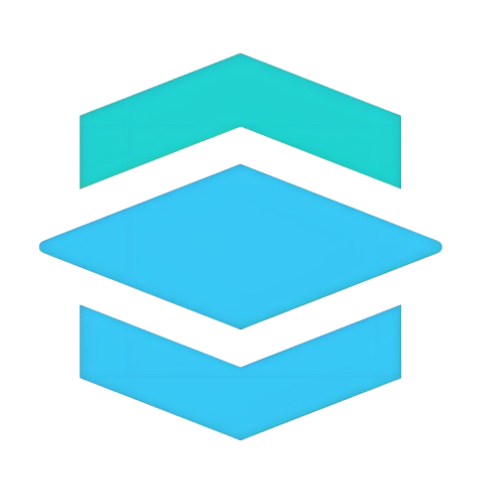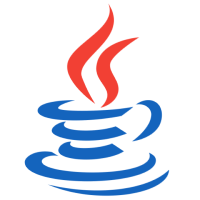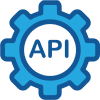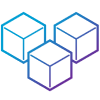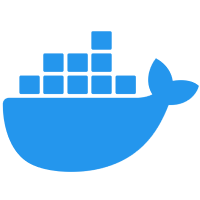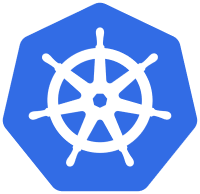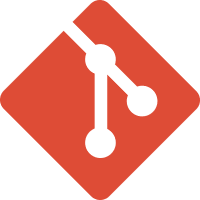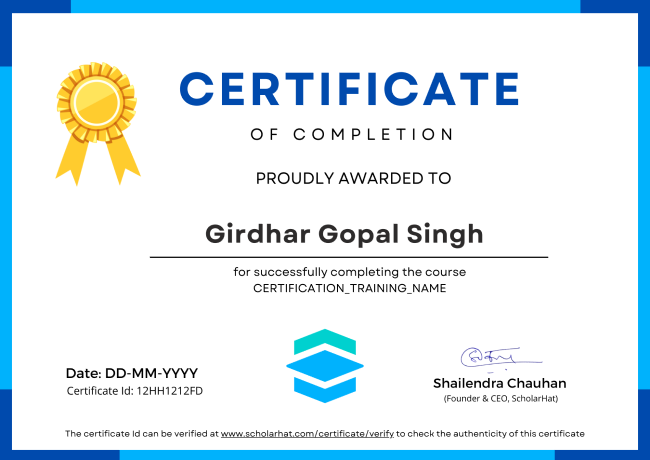Real World Project: eShopFlix
Building a complete E-commerce project like the one you've described involves multiple steps. Below is a simplified outline of the project structure and key components. Please note that this is a high-level overview, and you may need to add more details based on your specific requirements and features.
Project Scope
Public Section
- Home Page
- About Us Page
- Contact Us Page
Account
- Login Page
- SignUp Page
- Forgot Password Page
- SignOut Page
Items
- Item Listing Page
- Add to Cart Option
Cart and Payment
- Cart Page
- Checkout Page
- Payment Page with payment gateway integration
- Payment Confirmation Page
User Module
- Dashboard Page
- Order Listing Page
- Order Details Page
- Profile Page
- Change Password Page
Admin Module
- Dashboard Page
- Item Listing, Create and Edit Pages
- User Listing Page
- Profile Page
- Change Password Page
Technologies Used
- Java 21
- Spring Boot 3
- Spring Data JPA
- MySQL / PostgreSQL
- Thymeleaf / React (Frontend)
- Bootstrap 5
- jQuery
Architecture and Practices
- Microservices Architecture
- Repository Pattern, Dependency Injection
- Authentication and Authorization
- Responsive and Mobile-Friendly UI
- Bundling and Minification
- Caching
- Error Logging
- Deployment to AWS (EC2, RDS, S3, Elastic Beanstalk, CloudFront)
Intended Audience
- Java Developers
- Senior Java Developers
- Java Tech Leads
- Java Solution Architects
Outcome of the Project
Create what was once thought impossible. Project development allows you to bring your learning into reality to solve real-world problems. It will give you an invaluable edge in a competitive job market, allowing you to confidently showcase your real-world problem-solving abilities to potential employers to get hired.
